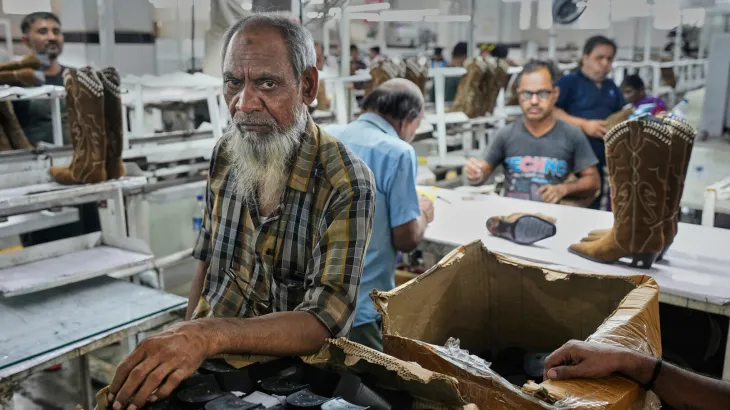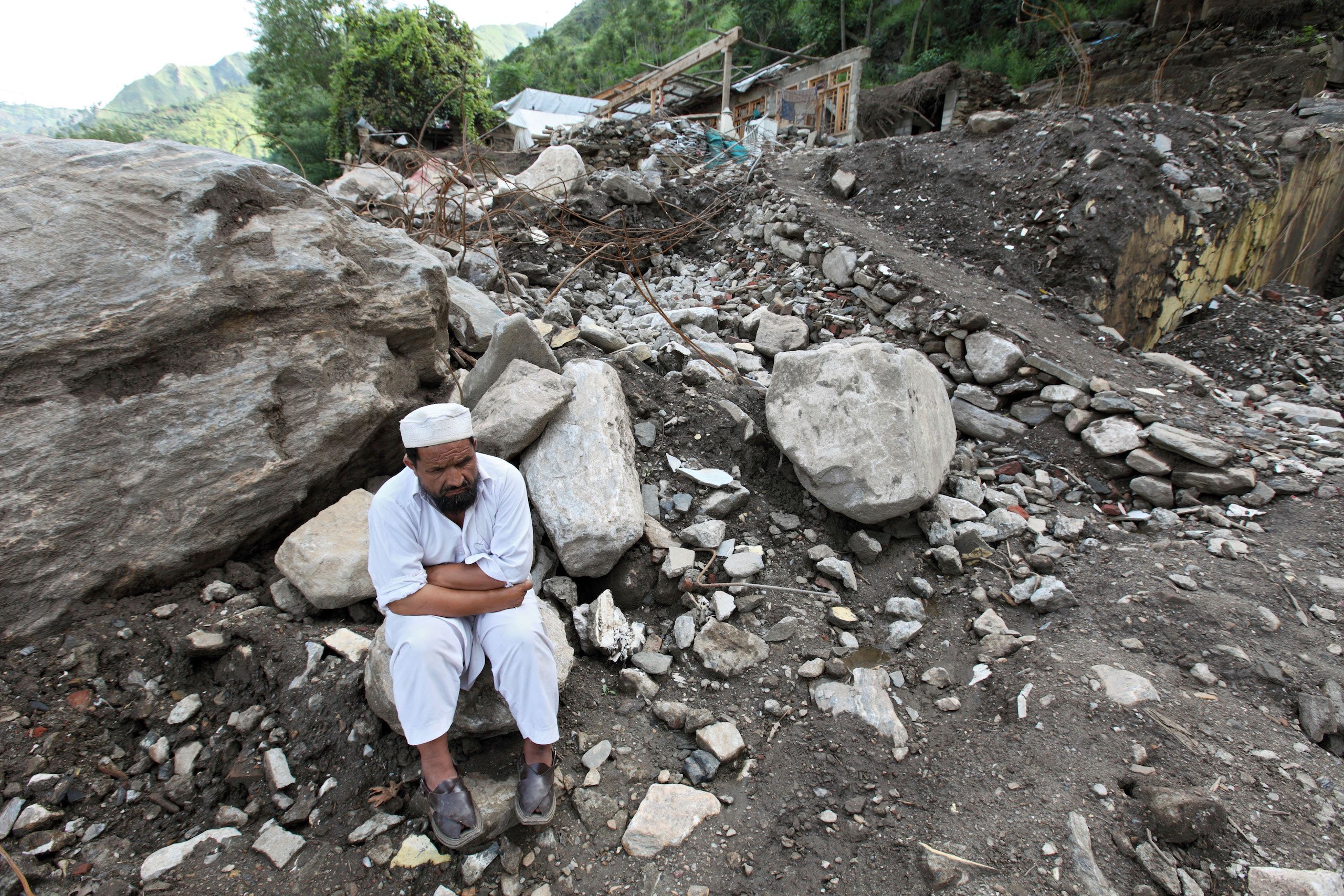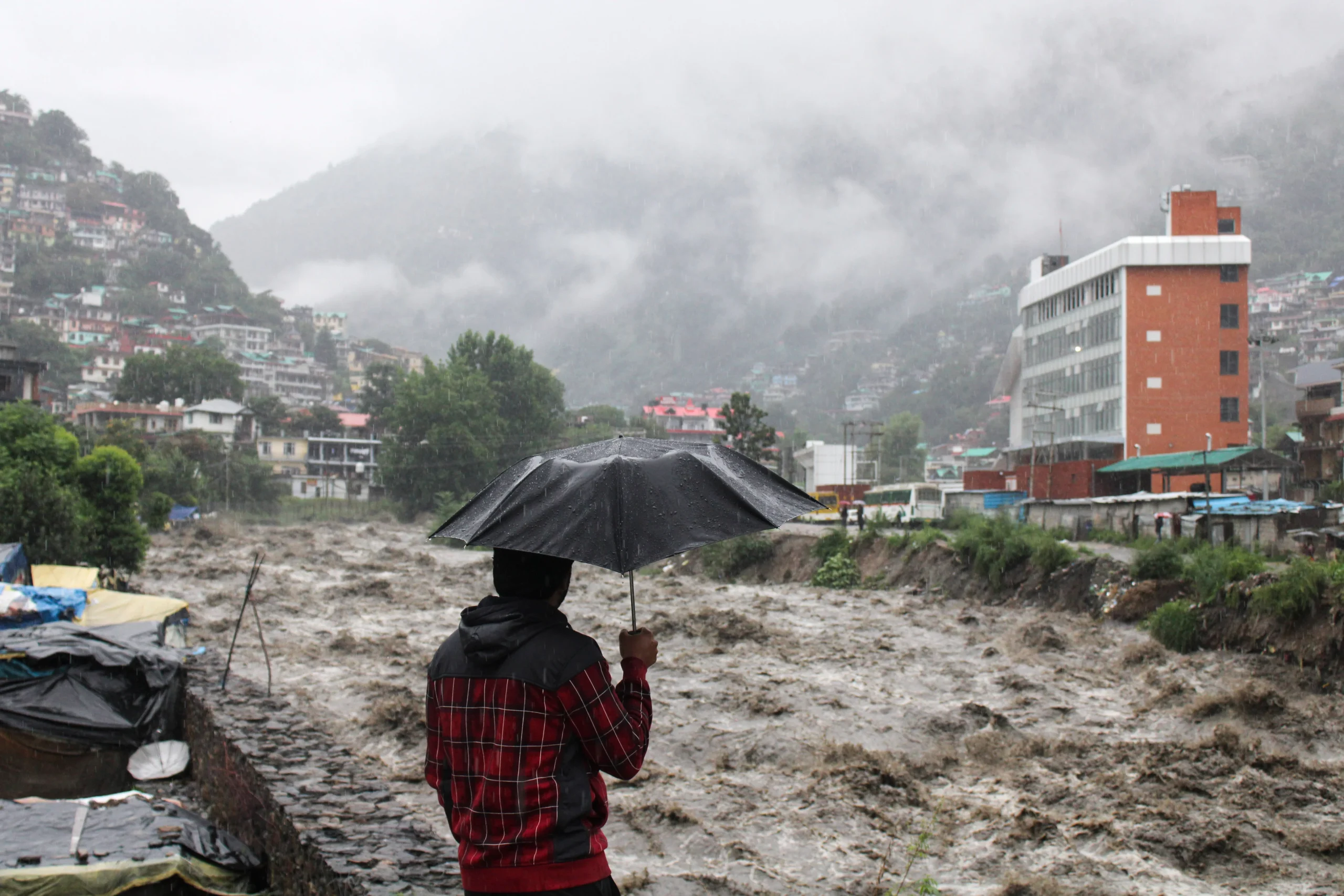In recent months, Indian workers have started to experience the tangible effects of U.S. trade policies, as tariffs imposed under former President Donald Trump have intensified economic pressures. The decision to levy up to 50% tariffs on a wide range of Indian exports has sparked concern among industries that rely heavily on the American market. From textile hubs in Punjab to seafood processing units along the eastern coast, millions of workers face a sudden shift in their economic stability.
- The Tariff Shock: An Overview
- Textile Industry: Looming Job Losses
- Gems and Jewelry: Shining Less Brightly
- Leather and Footwear: Facing an Uncertain Path
- Seafood and Shrimp Processing: Coastal Economies at Risk
- Government Response and Mitigation Efforts
- The Human Perspective: Stories Behind the Numbers
- Looking Ahead: Navigating Uncertainty
- Frequently Asked Questions (FAQs)
- Conclusion
The story is not just about numbers; it’s about families, livelihoods, and communities grappling with uncertainty. While the government scrambles to cushion the blow, the reality on the ground is complex and evolving.
The Tariff Shock: An Overview
The recent U.S. tariffs, doubling previous penalties on certain goods, have targeted products such as textiles, leather, chemicals, and seafood. These measures were a response to India’s energy imports and trade policies, but the repercussions extend far beyond diplomatic disputes.
Economists warn that the tariffs could shave off up to 0.8 percentage points from India’s annual GDP growth. Labor-intensive sectors are particularly vulnerable, meaning the workers who depend on these industries for income are among the first to feel the impact. For many, the looming uncertainty is more than just a market statistic—it’s a looming threat to their daily lives.
Textile Industry: Looming Job Losses
India’s textile sector, which employs millions, is at the forefront of the crisis. Cities like Ludhiana, Coimbatore, and Solapur are facing a sharp decline in export orders. Small and medium textile businesses are reporting cancellations from U.S. buyers, leaving workers with reduced hours or temporary layoffs.
The Solapur terry towel industry, a major employment source for tens of thousands, is particularly vulnerable. The combination of shrinking overseas demand and rising costs has placed immense pressure on factory owners, forcing them to consider workforce reductions to stay afloat.
Gems and Jewelry: Shining Less Brightly
India’s gems and jewelry sector, a key contributor to exports and employment, is also feeling the strain. In diamond processing hubs like Surat, order cancellations have slowed production lines, leaving workers anxious about job security. Reduced production not only affects individual incomes but also the broader ecosystem, including suppliers, transporters, and retail employees.
The cascading impact on this labor-intensive industry highlights how tariffs can disrupt livelihoods far beyond the factory floor, affecting entire communities dependent on the sector’s prosperity.
Leather and Footwear: Facing an Uncertain Path
The footwear and leather goods industries, concentrated in cities such as Agra and Kanpur, are experiencing similar challenges. Exporters are struggling with increased costs due to tariffs, prompting delays and reductions in orders from the U.S.
Workers in these sectors face wage cuts, reduced working hours, or temporary unemployment. Many employees, often supporting families with limited alternative income sources, find themselves navigating a precarious economic situation.
Seafood and Shrimp Processing: Coastal Economies at Risk
Along India’s eastern coastline, the seafood and shrimp processing industries are encountering a slowdown in export volumes. Workers in Andhra Pradesh, Odisha, and West Bengal report reduced shifts, delayed payments, and heightened uncertainty.
For communities reliant on these industries, the tariffs represent not just a business challenge but a threat to regional economic stability. Many families depend entirely on seasonal wages from seafood processing, making the tariff-induced disruptions particularly acute.
Government Response and Mitigation Efforts
In response to the mounting challenges, the Indian government has implemented several measures aimed at alleviating the impact. These include diversifying export markets, boosting domestic demand, and providing targeted support for industries under stress.
Additionally, financial institutions are exploring credit and loan assistance for affected businesses, while skill development initiatives aim to help workers transition into alternative employment opportunities. Although these measures offer some relief, the scale of the disruption means that many workers remain vulnerable.
The Human Perspective: Stories Behind the Numbers
Beyond statistics and policy discussions, the economic impact of tariffs is a human story. Factory workers in Ludhiana worry about making ends meet, diamond polishers in Surat face reduced hours, and shrimp processing laborers in coastal towns brace for uncertain futures.
These are not isolated incidents; they represent millions of workers whose livelihoods are directly affected by international trade decisions. The resilience of these communities, combined with government and industry support, will determine how quickly they can adapt to the changing economic landscape.
Looking Ahead: Navigating Uncertainty
The short-term effects of the tariffs are evident, but the long-term implications remain uncertain. Economists predict that sustained tariffs could reshape employment patterns, requiring retraining programs and support for displaced workers.
Industry experts emphasize the importance of diversification, not just in export markets but also in the domestic economy. Strengthening local demand, investing in skill development, and encouraging innovation in manufacturing and services will be crucial strategies to protect workers’ livelihoods in the years ahead.
Frequently Asked Questions (FAQs)
Which sectors are most affected by the U.S. tariffs?
Textiles, gems and jewelry, leather and footwear, and seafood processing are among the hardest hit.
How many workers are at risk due to these tariffs?
While precise numbers are hard to determine, hundreds of thousands of workers face reduced hours, wage cuts, or layoffs.
What is the Indian government doing to mitigate the impact?
Efforts include diversifying export markets, stimulating domestic demand, providing financial support to businesses, and offering retraining programs for affected workers.
Will the tariffs affect India’s overall economic growth?
Analysts suggest that prolonged tariffs could reduce GDP growth by up to 0.8 percentage points, with labor-intensive industries most affected.
How can workers adapt to these changes?
Workers may need to explore alternative employment sectors, participate in skill development programs, or take advantage of government-supported retraining initiatives.
Conclusion
The imposition of U.S. tariffs has sent shockwaves through India’s labor market, affecting millions of workers across multiple sectors. While industries struggle to adapt, the human cost is immediate and profound, impacting income stability, job security, and community well-being.
Resilience, adaptability, and strategic government intervention will be key to mitigating the impact and guiding Indian workers through this turbulent period. By focusing on diversification, skill development, and economic support, India has the potential to navigate these challenges and sustain growth despite external pressures.











